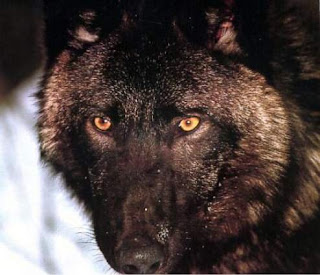The werewolves aren’t the main characters; their presence generates plot because an evil scientist tortures them with his experiments. It’s the human characters who rescue them and send them off to what I hope will be another story, their own story.
So why have werewolves at all? It’s not as if World War One doesn’t provide enough plot all on its own. However, I realized pretty quickly that World War One is not the most ideal setting for an erotic romp.
World War One supplies plenty of conflict, but it all revolves around soldiers, refugees, the wounded, and the dead. Despite my deep interest in reading about the war, I didn’t want this book to be grimly realistic. There are plenty of memoirs and other works of nonfiction where those details can be found. I chose to use enough details to give the reader an idea of the time period, but not so many as to give them nightmares.
Adding a werewolf plot meant I could inject a little fantasy, to let the reader rest from the unrelenting horror of war. The werewolf element could open the door for further thoughts of fantasy, thoughts of erotic fantasy. Not only are werewolves fantastical, they can be sexy, too.
It was a tricky balance of realism and fantasy. Too much realism, and the book isn’t fun anymore. Too much fantasy, and the book loses plot tension. I balanced the two elements by giving my werewolves realistic characterization.
One werewolf is a soldier, the other serves as a spy. Their werewolf attributes are more science fictional than fantastic. I didn’t want to travel too far from a “realistic” or “mimetic” approach, so I decided their transformations would not be linked only to the full moon, and that the full moon would not force a change. I also decided that being a werewolf was hereditary, and though interbreeding with humans was possible, the trait rarely passed down in its entirety. I didn’t go into the actual mechanics of transformation, but described it as a physical process rather than a magical one. I wanted the werewolves to seem as if they belonged, as if they, too, were part of the historical setting.
I hope it worked! You can find out in December of 2009.
Related post:


It sounds awesome. And I lol’d at the cover–Vanity Fair!